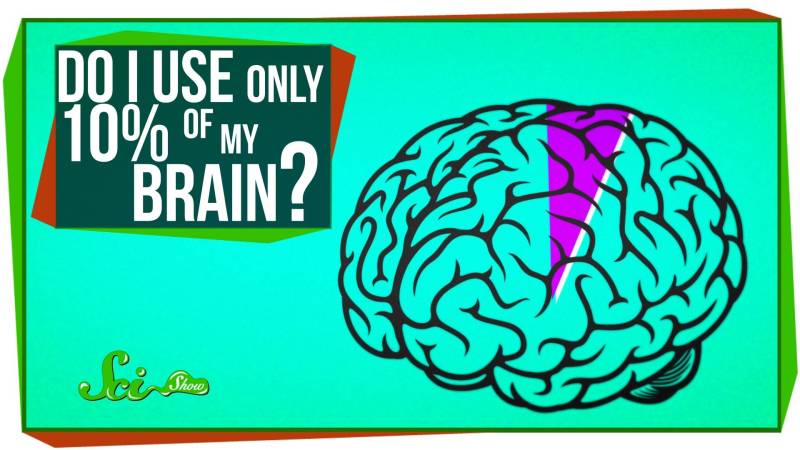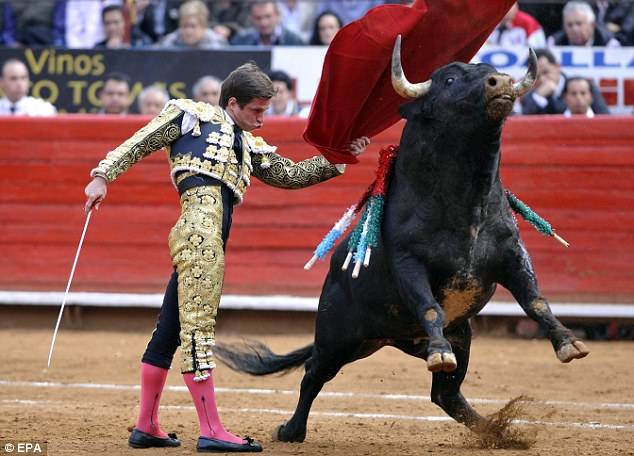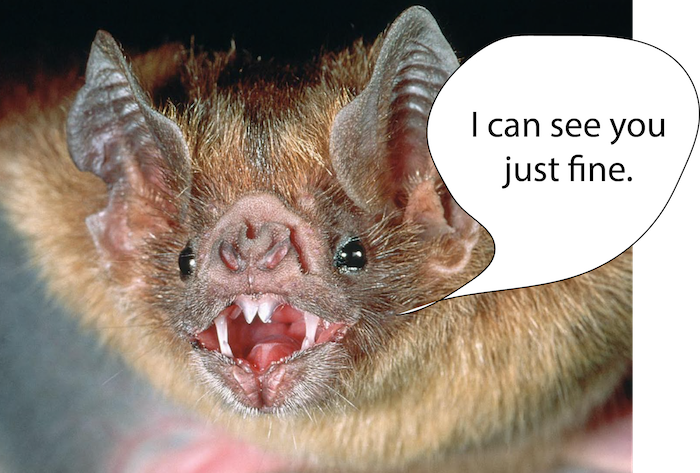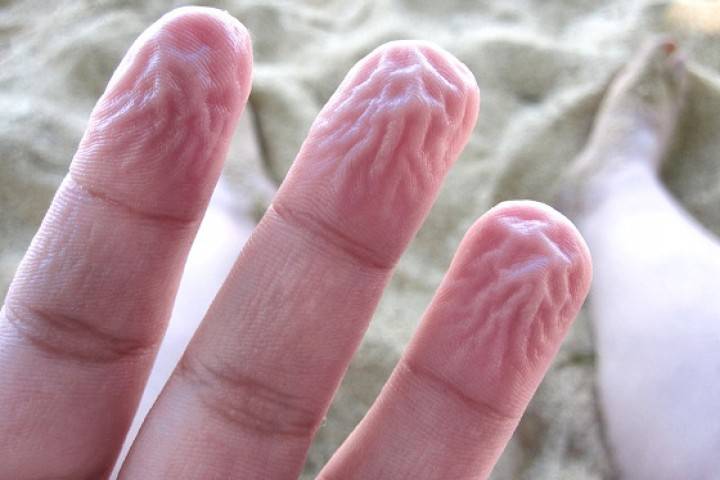By Rimla Batool
How many times have you witnessed someone cite Einstein’s example of being a failure at math in school to argue that grades do not reflect a person’s intelligence? While it may be true that your intelligence or capabilities cannot always be evaluated through your performance at school, Einstein was not poor at maths at all. In fact, Einstein was the top student in primary school and by age 12, he could easily solve complicated problems in applied arithmetic. By the age of 15, he had mastered calculus.
The allegation of Einstein failing at math has been so widely believed by books and websites around the world that according to the leading news magazine TIME, the Google search of ‘Einstein failed math’ turns up more than 500,000 references.
This is called a popular myth. A myth can most simply be defined as an incorrect statement or information which is widely accepted as a fact by a large number of people. Today, we will be busting a few of such myths for you and will be providing the correct information in their place.
Bats are not blind
We all have heard the idiom, Blind as a bat because it is widely believed that bats cannot see and avoid obstacles at night using echoes. Turns out, bats are not blind.
According to a research at Hobart and William Smith Colleges, the two types of bats ‘Microchiroptera’ and ‘Megachiroptera’ both have vision. The former type navigates or flies around using echoes while the latter uses vision as they cannot echolocate.
Puckered fingers are not caused by water absorption
Fingers and toes get wrinkled and swell after prolonged insertion or exposure to water and we believed it is because these parts of our body absorbed water. We were wrong.
According to the evolutionary neurobiologists at Newcastle University, when in water for a sufficient time, the blood vessels inside the skin contract, causing the fingertips or toes to wrinkle. The wrinkled skin of the fingers and toes gives a better grip for holding and walking in a wet and slippery environment.
Bulls hate red colour
In bullfighting, matadors use small red cape called muleta in order to intimidate the bull and cause it to aggressively charge towards them. The red cape has been in use by the Spanish matadors since the 1700s. This custom has led the people believe that red colours makes bulls go wild.
A popular TV show, “MythBusters” decided to test this myth by using capes of different colours in a bullfighting ring. They found out that bulls would charge towards a cape of any colour when it is waved fast.
Waking up a sleepwalker won’t cause a heart attack
We often hear that if we wake up a sleepwalker, we might lead them to a heart attack or put them into a coma. Wrong!
According to a BBC report, if you try to wake a sleepwalker chances are that they will probably not notice you as they are in a deep sleep. But even if one succeeds in waking them, the most that could happen is that they will be confused for some time as we are when we are awoken from a deep sleep by an alarm.
We don’t use just 10% of our brain in our lifetime
This myth has been used in popular media by advertisers and movie makers but experts have strongly refuted this claim and have termed it fiction.
Brain imaging research shows clearly that 90% of the brain does not remain unused at all. According to experts, simpler functions may use only a small part of the brain at one time while any complex activity surely uses many parts of the brain.
This means that human don’t use all of their brain at once but different parts of their brain are involved in carrying out different activities throughout a day. In short, we use 100% of our brain in our lives!
We will be back with another attempt to bust myths and enable you to tell fact from fiction.
Published in Young Nation magazine on May 28, 2016










